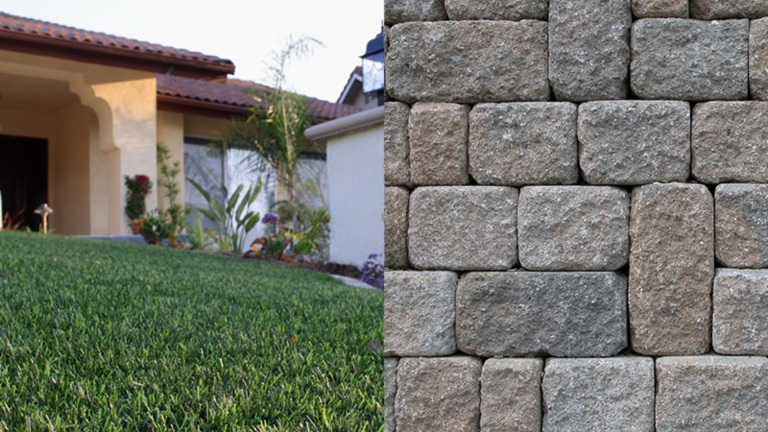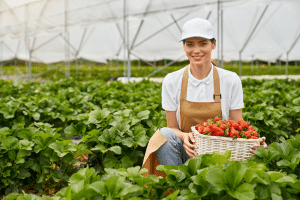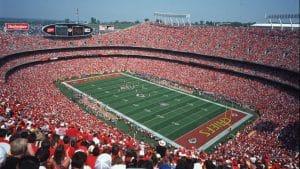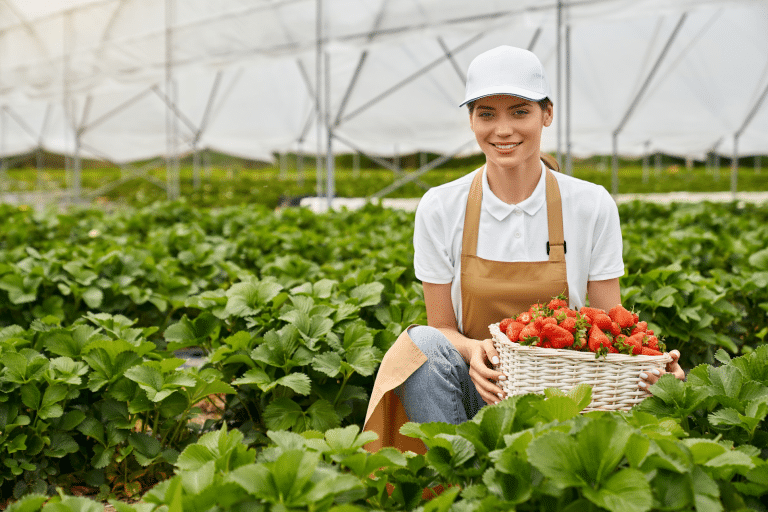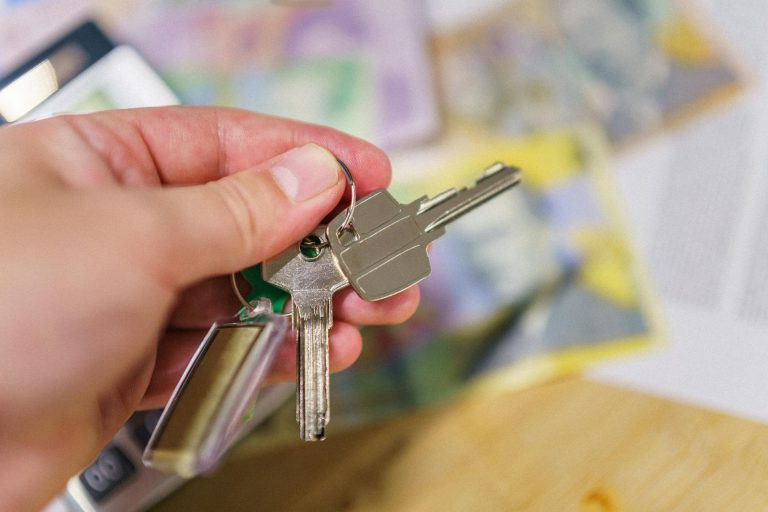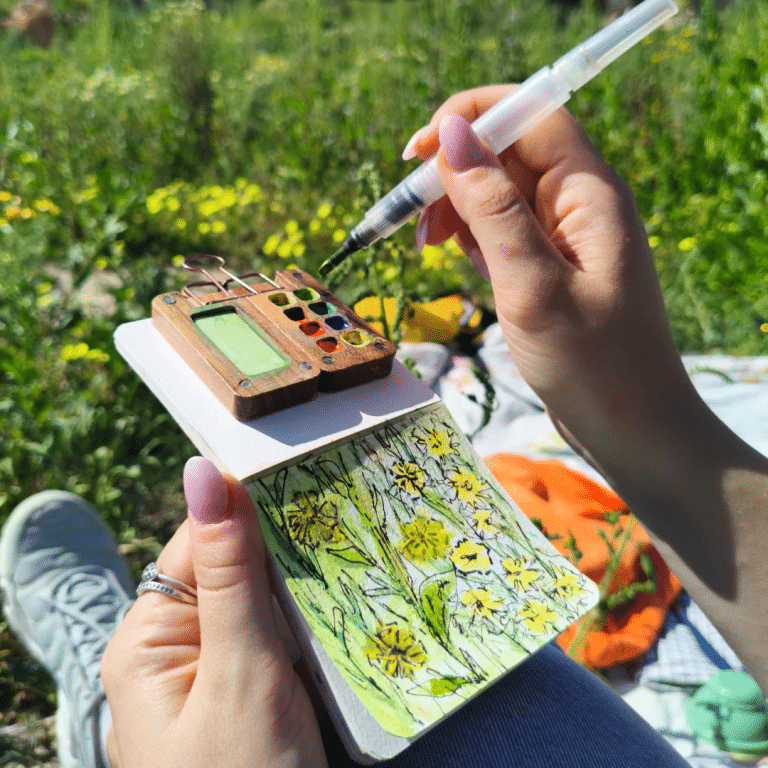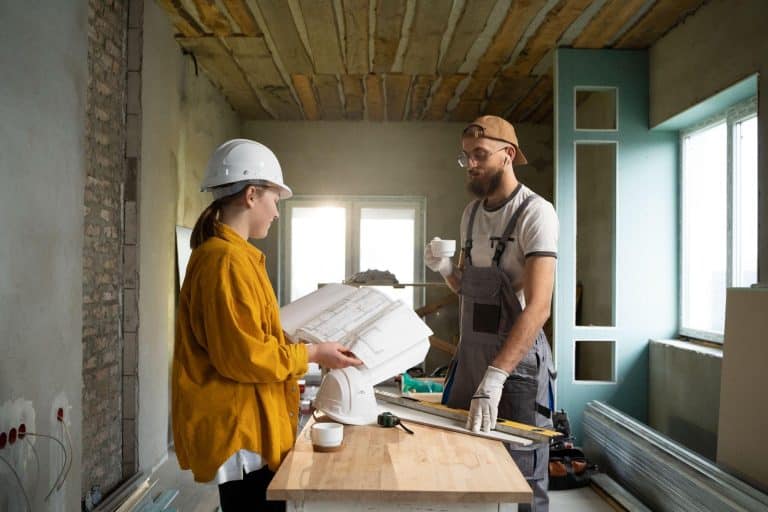Planning your yard or garden can be exciting, but also a bit confusing. You may hear words like “hardscape” and “softscape” and not know what they mean. Many homeowners share this sentiment when they start.
These two words are frequently used in landscaping. They’re both important, but they stand for very different things. One deals with items such as patios, stones, and walkways. The other is about plants, trees, and flowers. Knowing what each one means can help you plan better.
In this blog, I’ll explain both terms in simple words. You’ll learn what makes them different and why they work better when used together.
Right at the start, I’ll break down some key differences. Then, I’ll go into more detail about how to use each one in your yard. By the end, you’ll have a better understanding of how to blend structure and nature to create a complete outdoor space that looks and feels cohesive.
Hardscape vs Softscape: Key Differences
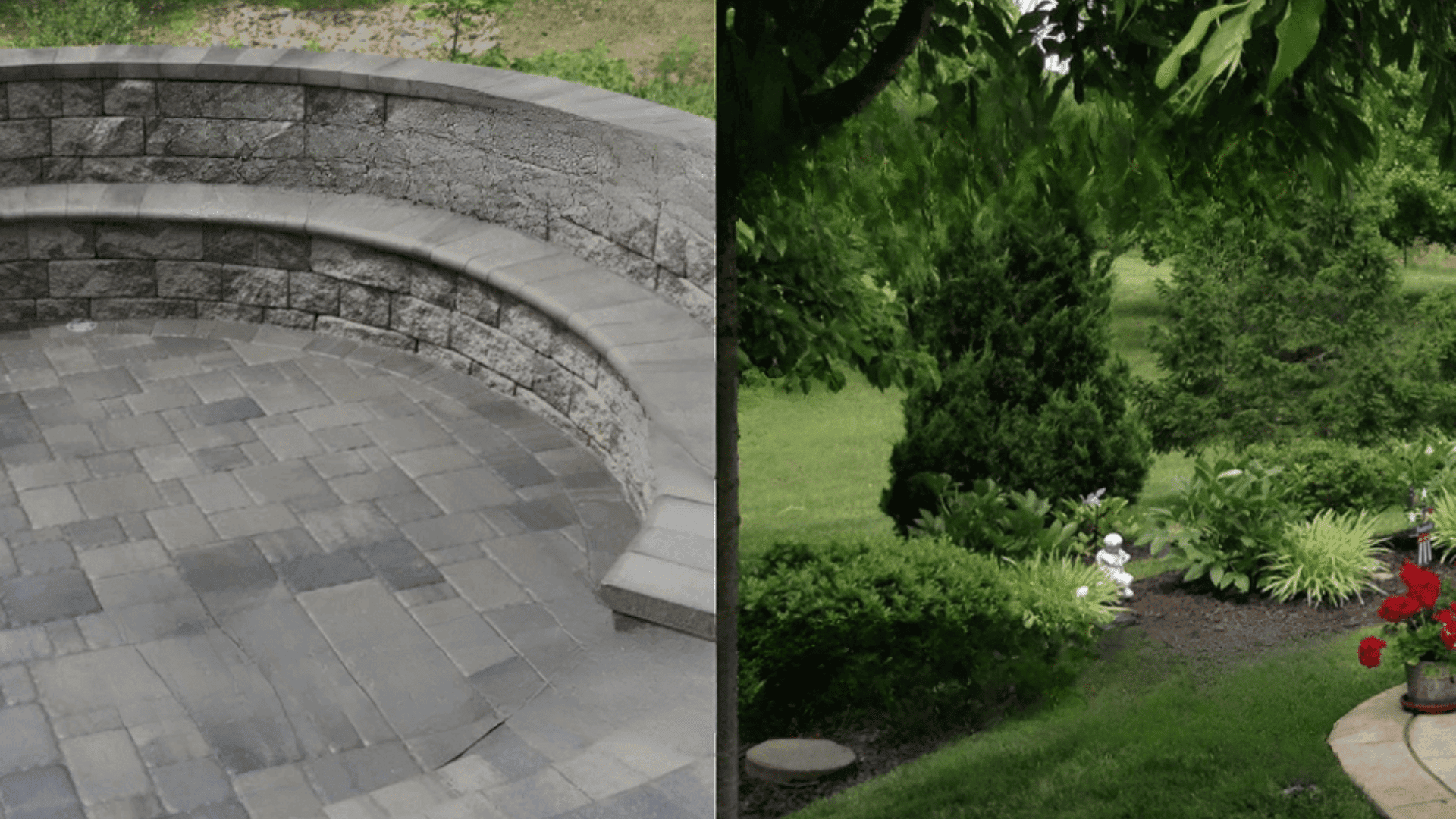
When discussing landscape design, two key terms often emerge: hardscape and softscape. They sound similar, but they describe very different parts of a yard or garden. Let’s see what each word means and how they differ.
| Feature | Hardscape | Softscape |
|---|---|---|
| What it is | Non-living parts | Living parts |
| Examples | Patios, walls, pathways, fences | Grass, flowers, trees, shrubs |
| Main Role | Gives shape and structure | Adds life, color, and growth |
| Care Needed | Low (cleaning, repairs) | Higher (watering, trimming, planting) |
| Changes over time? | Mostly stays the same | Changes with seasons and growth |
An easy way to remember this is by looking at your yard. A patio built from stone or brick is hardscape. The flower bed next to it, full of colorful plants, is softscape. Together, they make your outdoor space complete and welcoming.
What Is Hardscape?
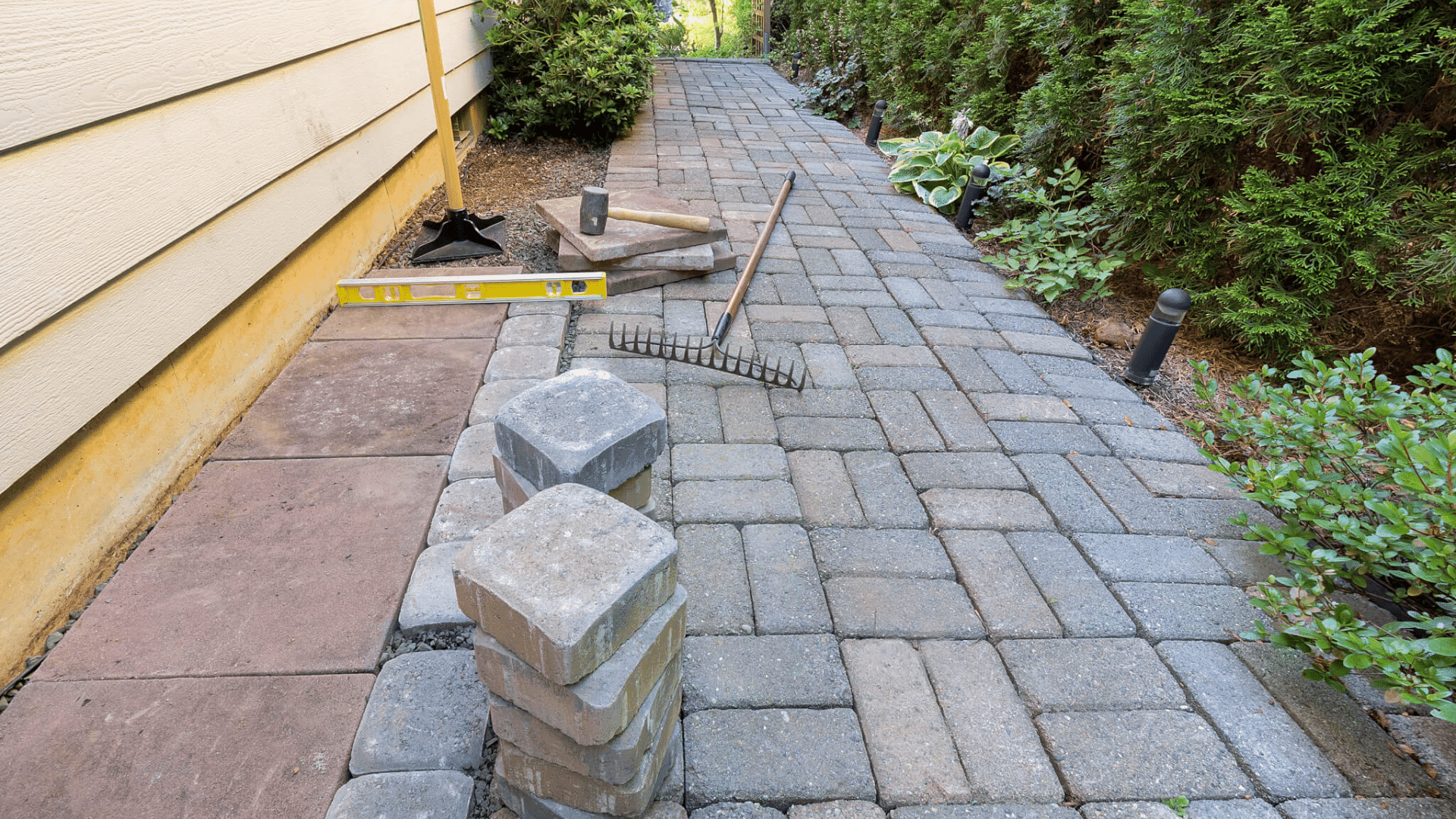
Hardscape refers to the solid, non-living elements of your yard. It includes features such as walkways, patios, and outdoor kitchens. Retaining walls and fences are also common examples.
People often use strong materials for hardscape, such as bricks, stones, pavers, or wood. These materials last a long time and require minimal maintenance to keep them looking good.
What I really appreciate about hardscape is how it makes the yard feel so put together. It helps define areas like seating or paths. Hardscape makes your outdoor space usable, organized, and easy to maintain.
What Is Softscape?
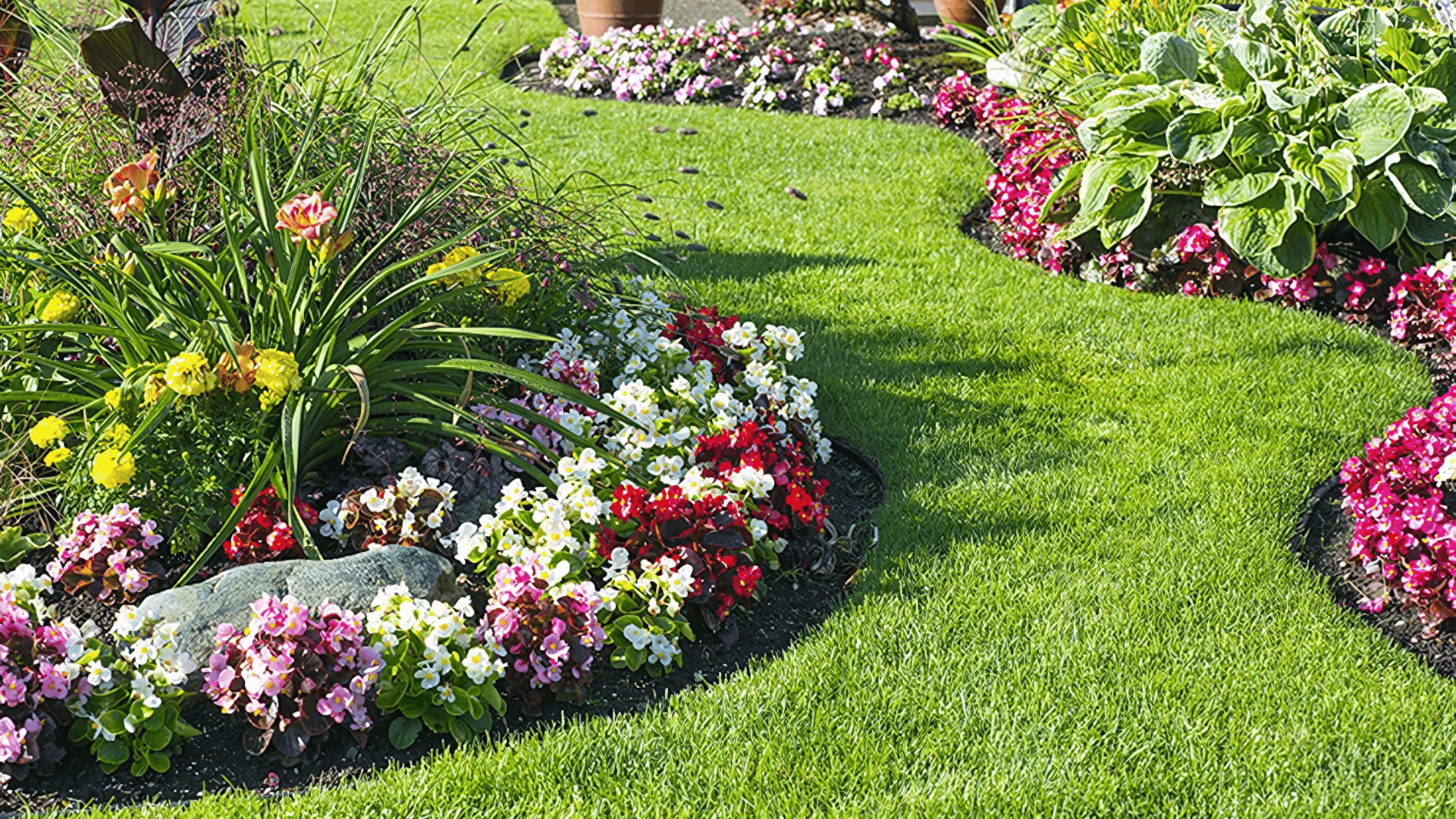
Softscape covers all the living, growing parts of your yard. This includes grass lawns, flowers, trees, hedges, and small plants used to cover the ground.
What I love about softscape is how it brings color and life to the yard. It changes with the seasons, giving your yard a fresh look throughout the year. Flowers bloom, leaves change colors, and grass grows tall and green.
Softscape does need regular care. I spend time watering, trimming, and swapping out tired flowers. While softscape takes more effort, it brings warmth and a sense of comfort to your yard.
Benefits of Hardscape and Softscape
Both hardscape and softscape play important roles in a yard. Each type has its own benefits, and knowing what these are can help you plan a better outdoor space.
| Benefits | Hardscape | Softscape |
|---|---|---|
| Main Strengths | Durable and long-lasting | Adds color and natural beauty |
| Flexibility | Permanent, stays mostly the same | Easy to change and adjust |
| Purpose | Creates clear areas and paths | Makes spaces feel lively and warm |
| Seasonal Changes | Does not change much | Changes with seasons and growth |
A great outdoor area effectively combines both of these features. Hardscape provides clear lines and structure, while softscape makes the space feel welcoming and alive. Combining them helps your yard look good, feel comfortable, and stay easy to enjoy throughout the year.
How to Balance Hardscape and Softscape in Design?

When designing your yard, start by building the hardscape first. Set up things like patios, pathways, and fences before planting anything. This makes it easier to determine where plants should be placed later.
After placing the hardscape, use plants to soften sharp edges. Small bushes, flowers, or ground covers can conceal stone edges and wood borders. This makes your yard look more natural.
Create a nice flow by connecting hard areas, such as paths or patios, to softer spaces, like lawns or gardens. Paths can lead your eyes from solid structures to colorful flower beds, making the yard feel complete.
Consider your local weather and the amount of care you can provide for your yard. If you want something easy, choose plants that require minimal watering and trimming. Low-care plants and strong, easy-to-clean hardscape materials save you time and work.
Common Mistakes to Avoid
When designing your yard, it’s easy to go overboard with one element. Too much of either hardscape or softscape can lead to problems. It’s important to find the right balance.
- Too much hardscape: Filling your yard with too many solid surfaces like stone or concrete can make it feel dry and lifeless. It lacks the warmth and color that plants provide.
- Too much softscape: A yard full of plants can require constant care, watering, and trimming. It can also become messy if not properly managed.
- Poor drainage: Adding excessive amounts of concrete or non-porous materials can cause water to accumulate in certain areas. Ensure your hardscape allows for proper drainage to prevent flooding.
- Ignoring sun/shade: Failing to consider the sun’s movement throughout the day can result in planting trees or flowers in the wrong spots. Some plants need full sun, while others thrive in the shade.
Avoiding these mistakes helps create a balanced, low-maintenance yard that looks great year-round.
Hardscape vs Softscape in Different Climates
Choosing between hardscape and softscape depends significantly on your climate. What works in a dry area might not be good in rainy or cold places. Selecting the right features for your yard’s weather conditions helps it stay healthy and easy to maintain.
| Climate | Hardscape Ideas | Softscape Ideas |
|---|---|---|
| Dry Zones | More stone, gravel, and brick | Drought-resistant plants like succulents |
| Humid/Rainy Zones | Pervious pavers for better water drainage | Extra grass, shrubs, and moisture-loving plants |
| Cold Climates | Avoid materials that crack in freezing weather | Plants that handle cold temperatures |
Understanding your area’s climate helps you make informed choices. By matching your yard’s features to local conditions, you save time and effort. Your outdoor space stays nice-looking year-round, without needing extra work.
Conclusion
Hardscape encompasses the solid elements of a yard, such as paths and patios. Softscape encompasses living elements such as grass, flowers, and trees. The key difference is that one builds the layout, while the other brings it to life.
Using only one type can leave your yard feeling flat or unfinished. But when both are planned together, they work well. Hardscape gives shape. Softscape adds color and movement. One supports the other.
Consider how your outdoor space appears today. Does it feel plain or too crowded? You might just need to add a walkway or a few new plants. The right balance can transform the way your yard feels without incurring significant expenses.
Start small. You could draw a layout on paper or take a walk around your yard and make notes. You can also ask a local expert for help. What matters most is taking the first step toward a better, more welcoming space.
Frequently Asked Questions
What Is the Ideal Ratio of Hardscape to Softscape in a Yard?
The right ratio depends on your yard’s size, function, and personal style. A good starting point is to have approximately 60% softscape (plants) and 40% hardscape (pathways, patios). This balance creates a welcoming yet practical space.
How Can I Make My Yard More Low-Maintenance?
Choose drought-resistant plants, use ground covers, and install low-maintenance hardscapes, such as gravel paths or pavers. Opting for pervious materials allows water to drain while reducing the need for constant upkeep.
Can I Combine Hardscape and Softscape on a Budget?
Yes, you can mix both elements while keeping costs low. Begin with simple hardscapes, such as gravel paths, and focus on low-maintenance plants. Over time, you can add more features as your budget allows.
What Are the Best Plants for Small Yards?
For small spaces, consider compact plants like dwarf shrubs, low-growing grasses, and small trees. These plants save space and provide visual interest without overcrowding the yard.
How Can I Make My Hardscape More Eco-Friendly?
Use sustainable materials such as recycled pavers, permeable concrete, or natural stone. Installing rain gardens or green roofs can also help reduce environmental impact while enhancing the overall look and feel of your yard.


